Home > Life at the Biarritz Aquarium > Our animals > The grey seal
The grey seal at Biarritz Aquarium
Since 1933, Biarritz Aquarium has welcomed grey seals, a species native to the North Atlantic. Charlie and Izar, our current residents, receive tailored care. Every day at 10:30 am and 5:00 pm, come see them being fed on the seal terrace.
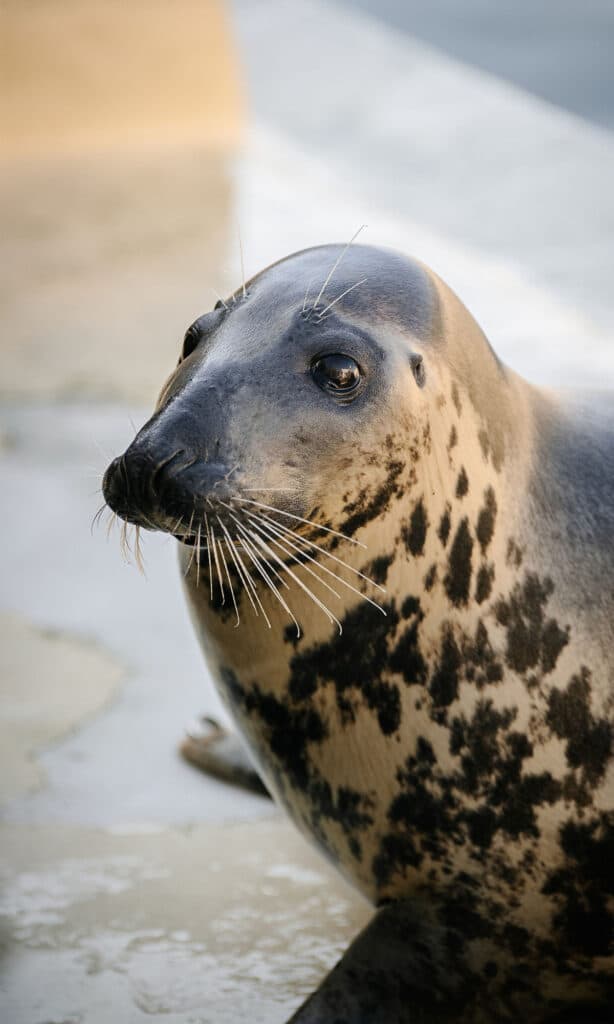
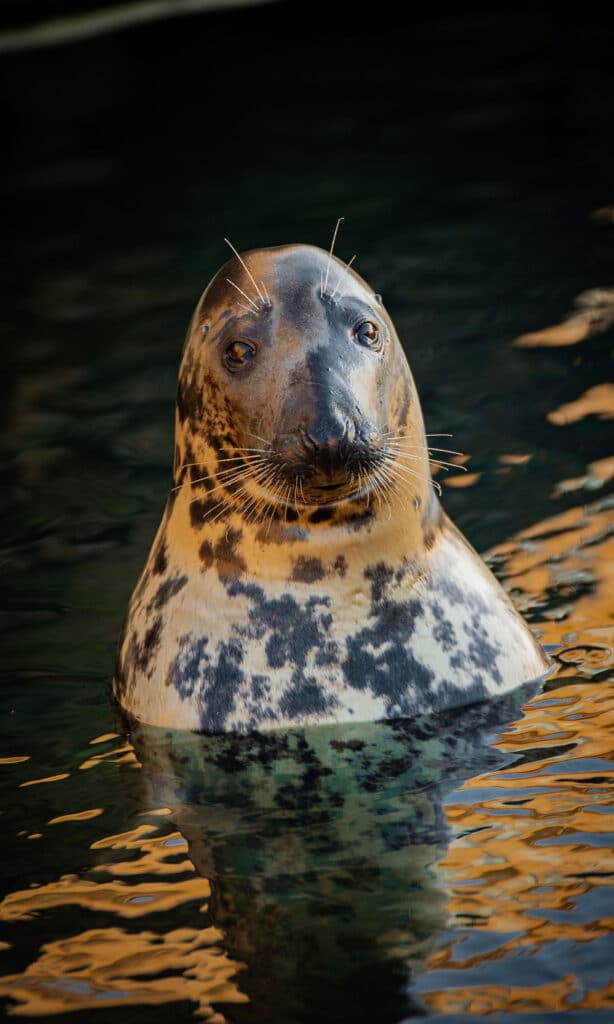
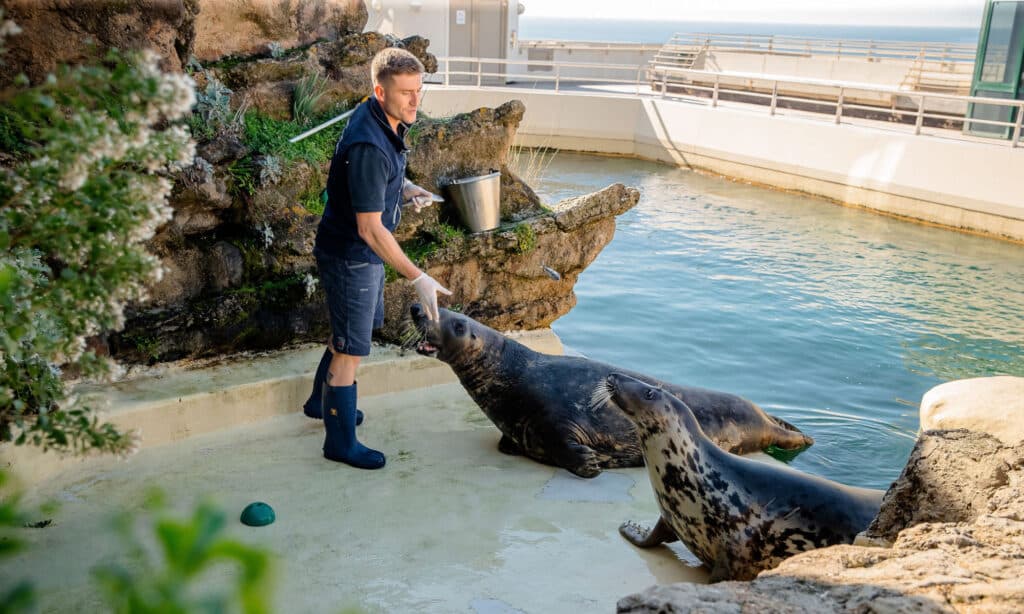
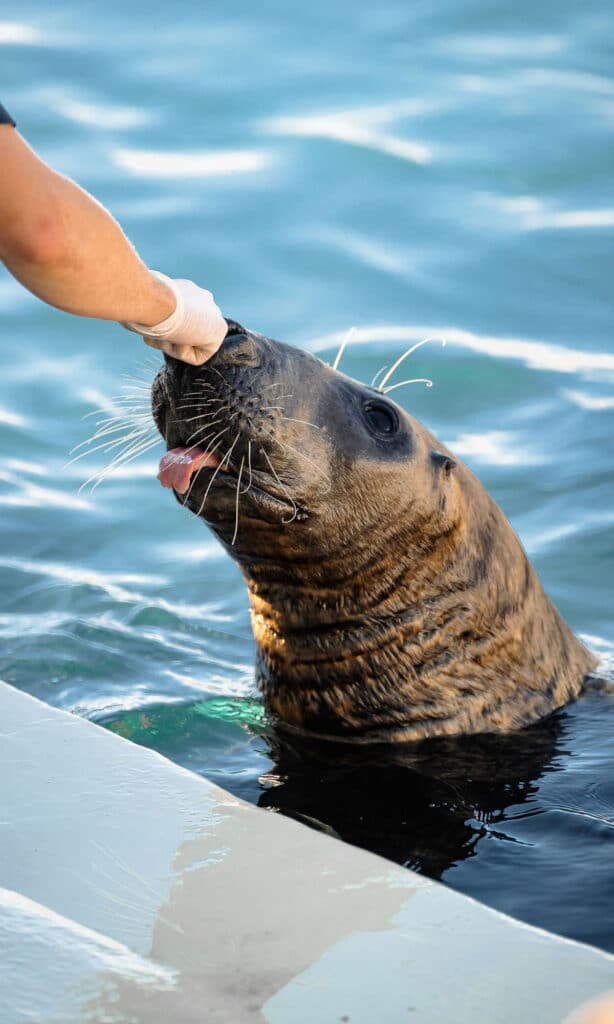
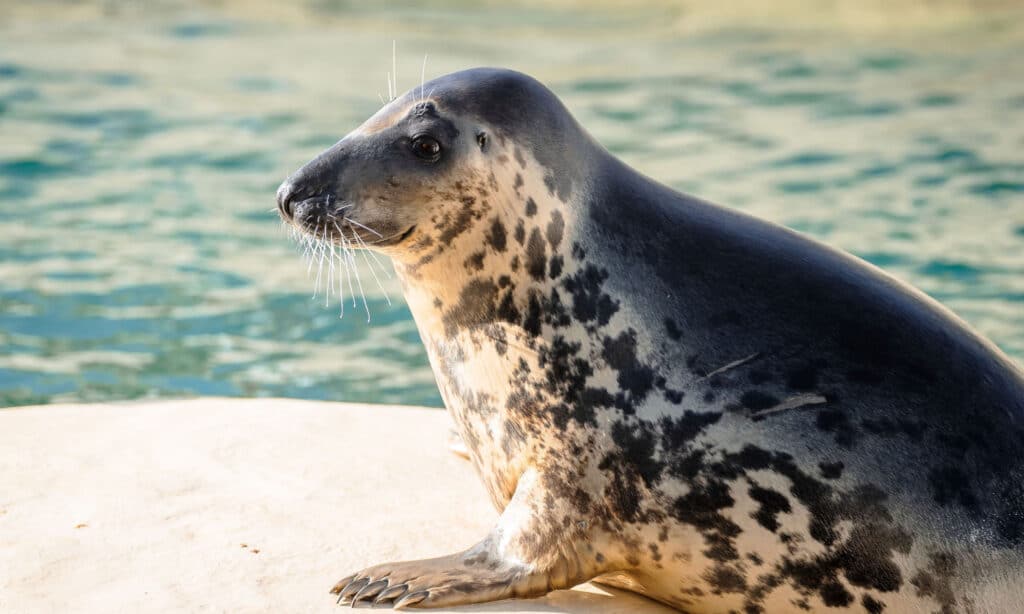
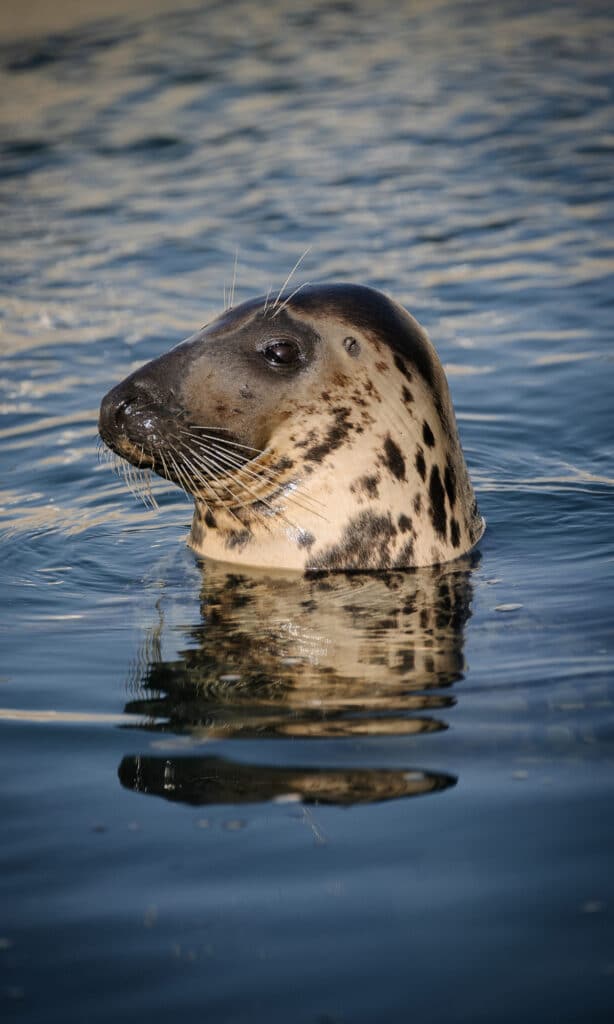
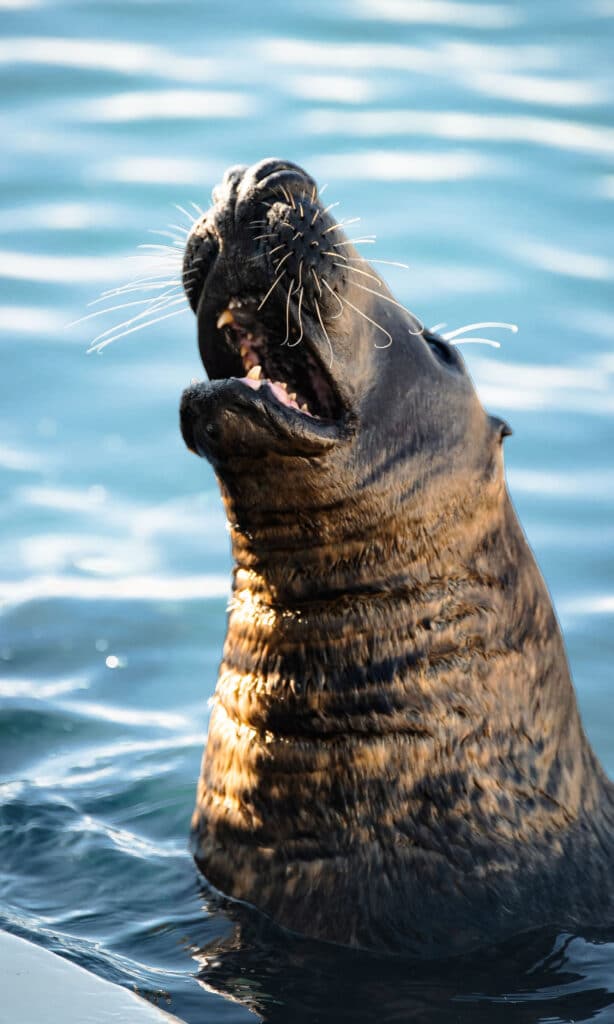
Where to find grey seals
Halichoerus grypus, natural habitat and colonies
The grey seal (Halichoerus grypus) is a pinniped that lives in the North Atlantic, especially around the British Isles (England, Scotland, Ireland), where it frequents rocky shores. In France, small colonies can be found in Brittany and Normandy, particularly in the Bay of Somme and the Molène archipelago.
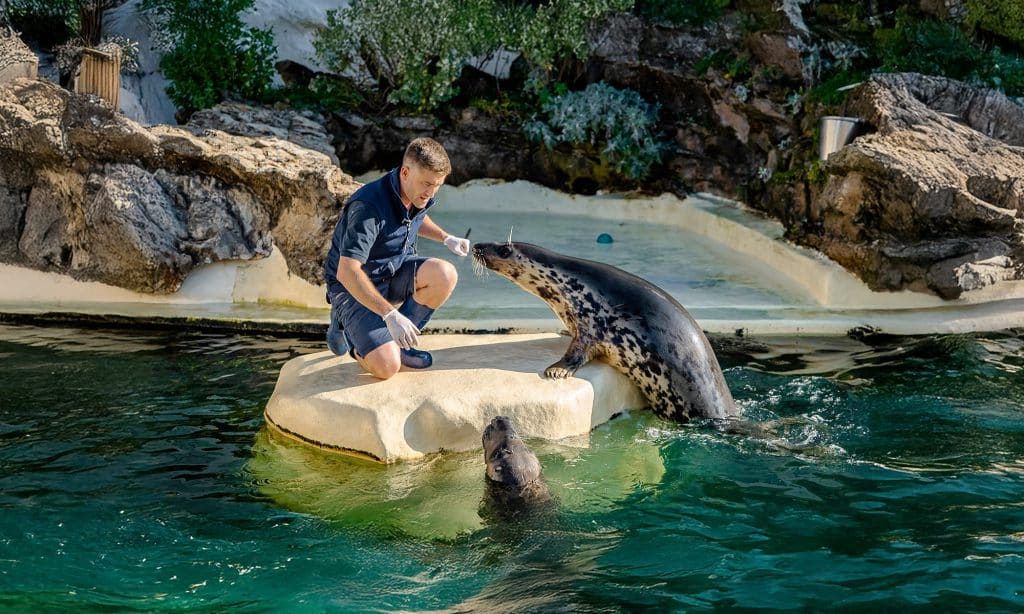
Attend the seal feeding every day at 10:30 a.m. and 5:00 p.m.
EDUCATIONAL PRESENTATION COMMENTED BY A KEEPER
From Oscar to Izar
Our residents
Charlie and Izar were rescued as pups after washing up on the Basque and Landes coasts. They’ve lived at the Aquarium since 2000 and 2014.
Join us for their daily feeding at 10:30 am and 5:00 pm with our aquarist technicians.
Diet
Grey seals are carnivores and opportunistic feeders: they eat fish and cephalopods. At the Aquarium, they receive a balanced diet of about 4 kg per day.
The amount varies depending on the season, temperature, and breeding period.
After an 11-month gestation, mothers nurse their pups for 21 days before leaving them, which leads to high mortality.
Births and species conservation
The Aquarium closely monitors grey seal reproduction. Several pups have been born here: Naïa (2005), Urko (2008), Txupi (2009), Noëlla (2009), and Aitor (2011) were born to Charlie and Okéra; Lou (2012) was born to Charlie and Sylvestrine.
At birth, the white-coated pup (called blanchon in French) looks like a plush toy and turns grey after three weeks.
Only one male can stay in the pool, so male offspring are quickly transferred to other facilities.
Female pups stay until they reach sexual maturity, then are also transferred to prevent inbreeding.
For instance, Naïa now lives at Océanopolis in Brest, and Noëlla is at Parque de la Magdalena in Santander, Spain.
The Care Center
Every year, the Aquarium rescues and rehabilitates 2 to 3 seal pups before releasing them as part of a conservation program.
Learn more about seals
Frequently asked questions
What’s the difference between a seal and a sea lion?
They may look similar, but seals and sea lions have distinct traits. Seals have no visible ears and move by wriggling on their bellies. Sea lions have small external ears and can walk on all fours thanks to more flexible flippers. Sea lions are more agile on land, while seals are quieter and better adapted to water.
Do seals breathe underwater?
No, seals do not breathe underwater. Like all marine mammals, they breathe through lungs and must surface for air. They take a deep breath before diving and can hold it for several minutes—some up to 30 minutes!
Do seals sleep in the water?
Yes, seals can sleep in the water! They may float at the surface while breathing or sleep in short apneas. Some even nap while anchored to rocks or floating vertically with their nose above the water.